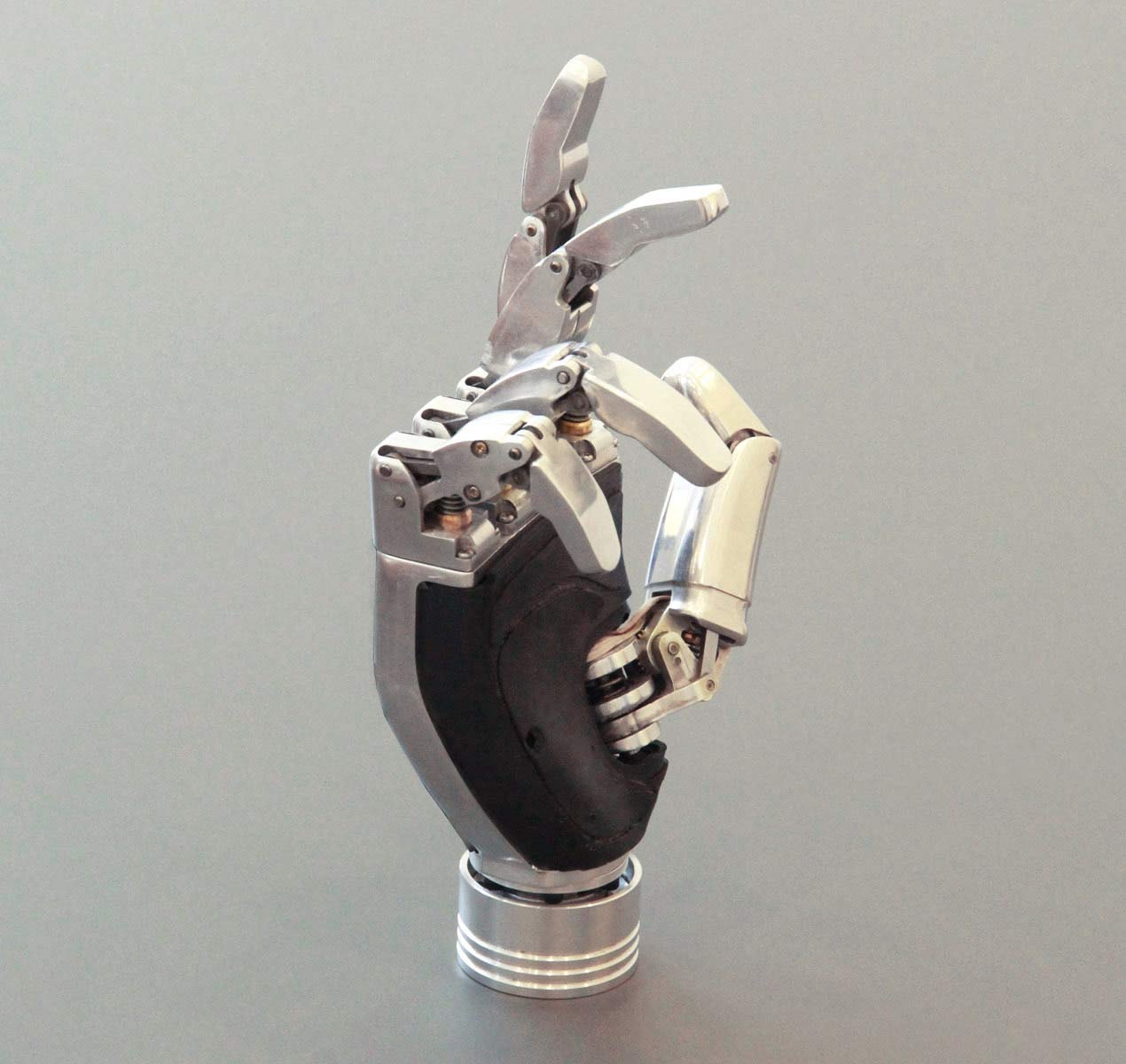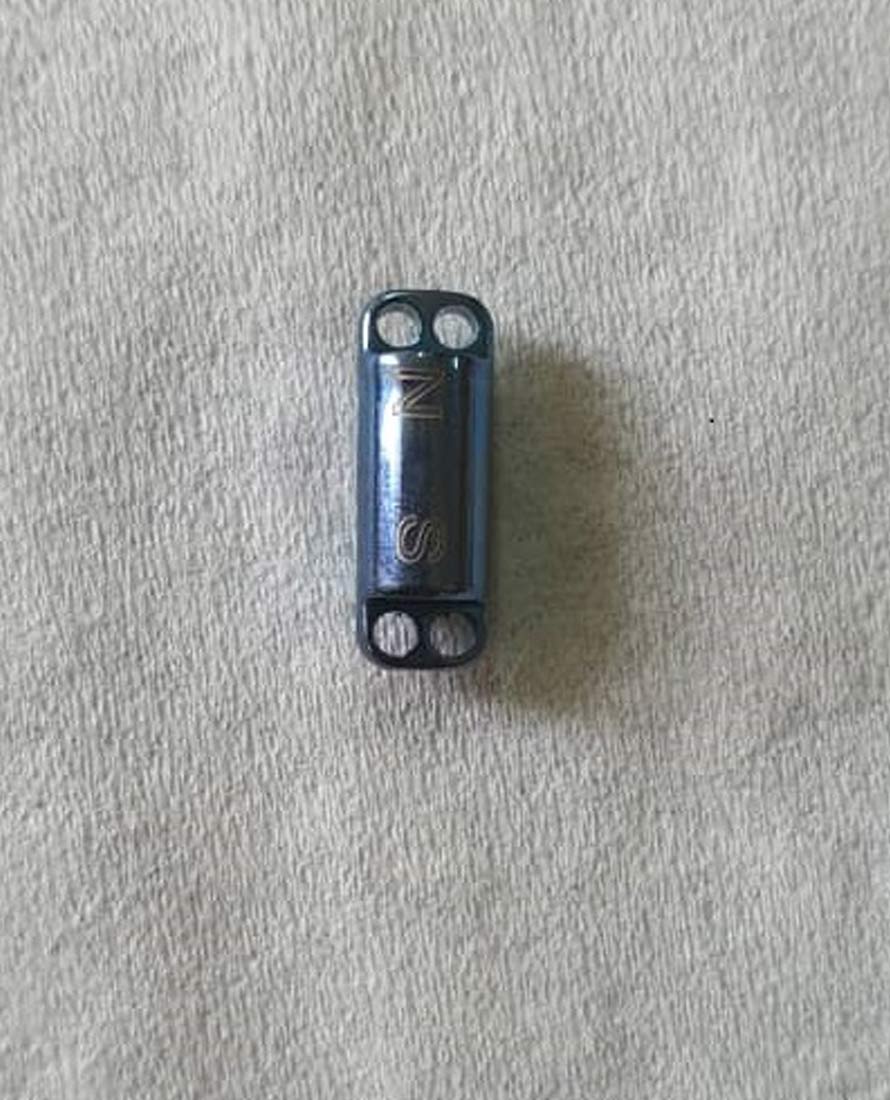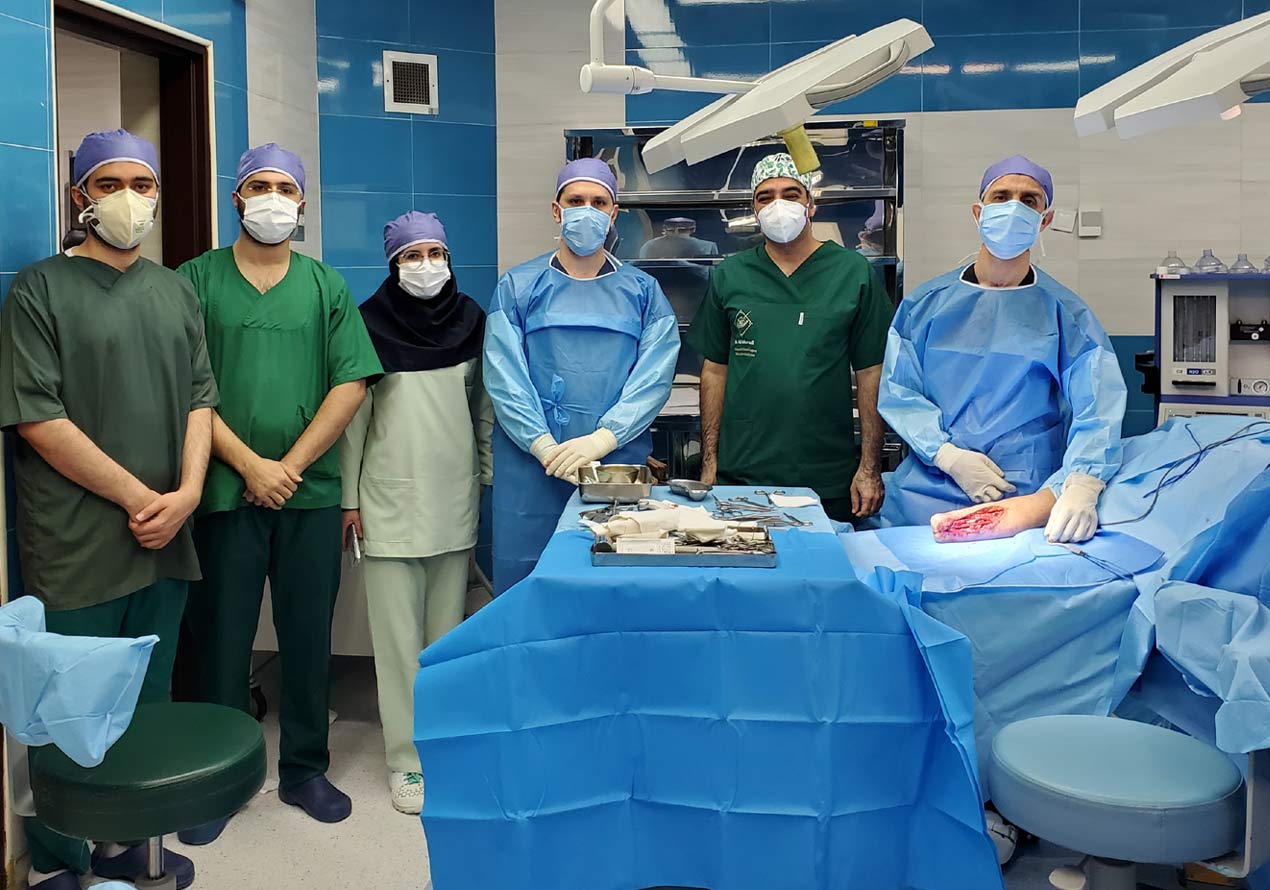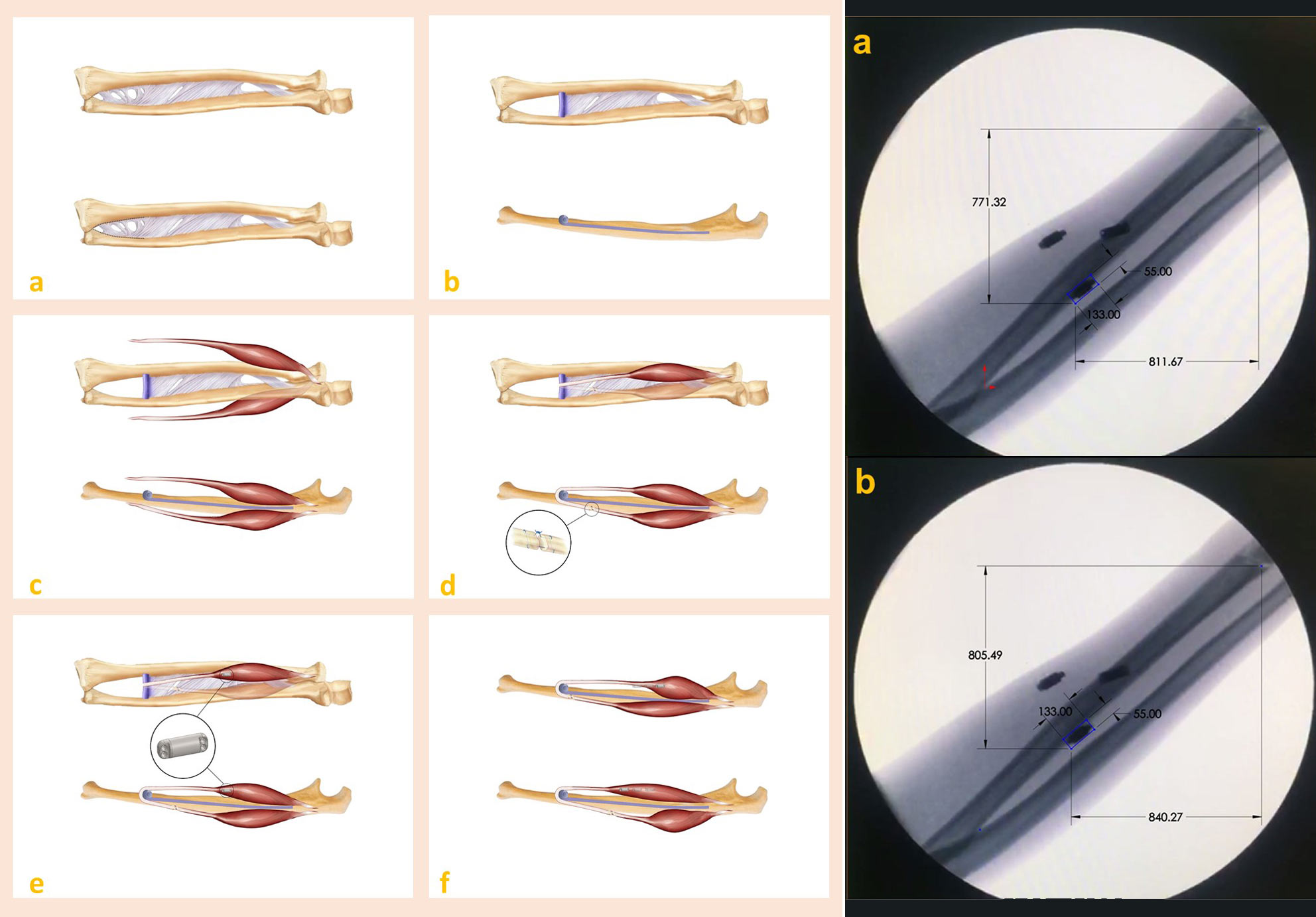Robotics
Bionic Limb
Major upper limb loss refers to the amputation of the limb, proximal to the wrist joint, which commonly occurs in healthy young adult males and frequently involves the dominant hand. Nearly 57% of hand amputations occur at the distal forearm level. Many upper-limb prosthesis users (35%–45%) continue to object to the technical malfunctioning of their prosthesis systems.


- Here, for the first time, we report on the clinical implementation of implanted magnetic tags for the prosthetic hand of an amputee from both the medical and engineering perspectives.
- Specifically, the proposed approach introduces the flexor-extensor tendon transfer surgical procedure to implant the tags, artificial neural networks to extract human intention directly from the implanted magnet’s magnetic fields-in short Kineticomyography (KMG) signals- rather than localizing them.
- For the first trial, we used this controlling method on an upper limb amputee. Within the next year, the researchers will do a case study in human patients who have amputations, below the knee.
- Furthermore, this method offers a new method for muscular and neural signal detection, which can even be used for applications other than limb control.
This product is an accurate-multi function control method for bionic hand which works by detecting the remaining muscles movement in the amputee’s forearm through detecting the specific magnetic field of inserted magnets.







